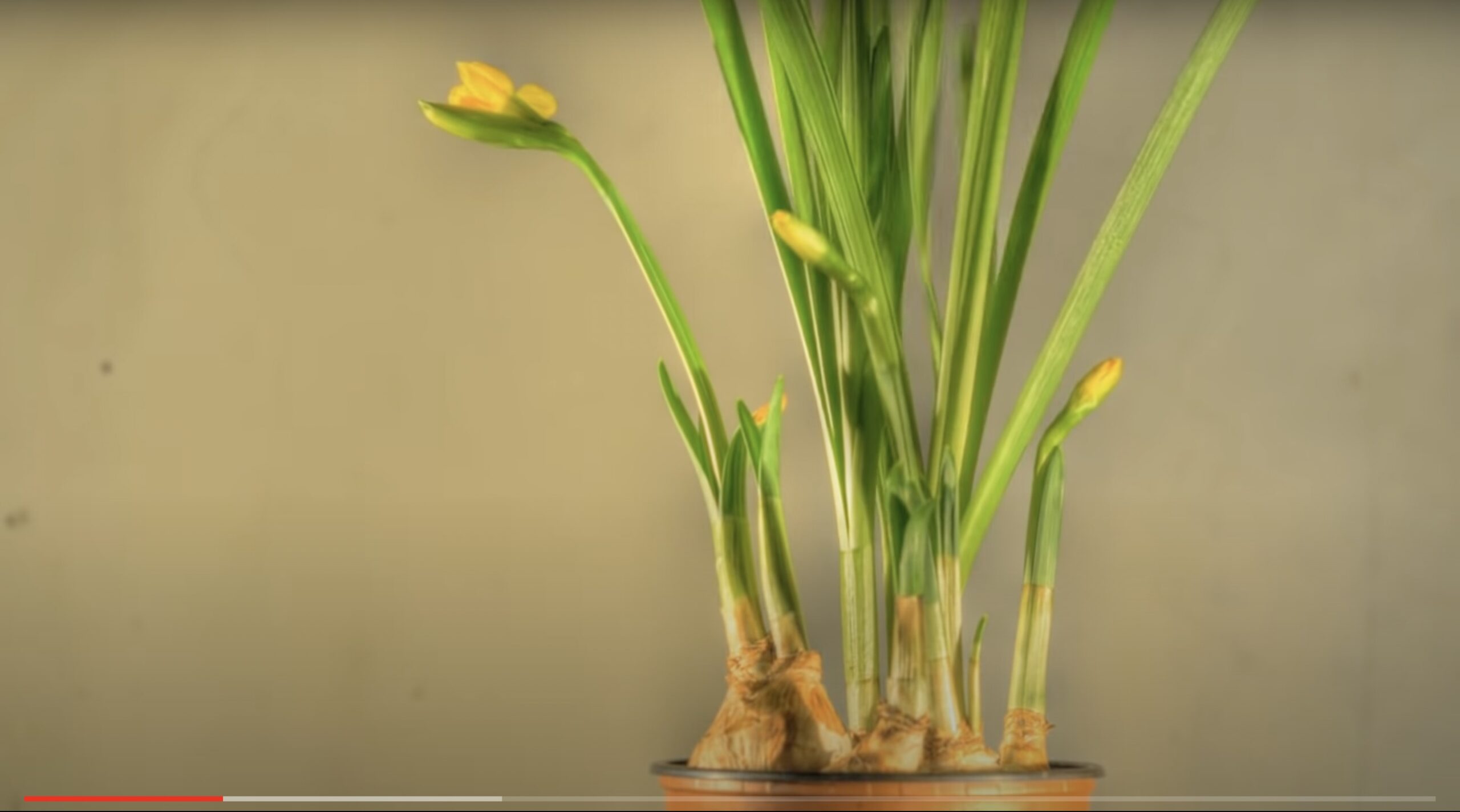III. THE SEMIOTICS OF PROCESS
My concern that landscape aesthetics derived from mainstream culture could compromise the politics of artists’ landscape films led me to concentrate less on their overt content and more on the circumstances of their making. I began to think about the artists and what their work revealed not only about the landscapes they explored but also the makers’ interior states of being, as markers of the human condition in a changing world. Mark Cocker has warned of the latent narcissism in creative agency and, he says, landscape can become “a space for us to talk to ourselves about ourselves, with nature relegated to the background as an attractive green wash”.[4] However, the work to which I now turned avoided solipsistic introspection and had at its core the relationship between the artist and the environment, a symbiotic connection that pointed to the indivisibility of all life on earth. The artists’ unflinching gaze, their passionate engagement with nature became a cipher through which the landscape could be revealed.
I wrote about Chris Welsby’s Wind Vane (1972), a work that seemed to encapsulate what I came think of as “weather-blown” film. The artist camped out in a London park and enabled the landscape and the elements to construct the film by attaching sails to two free-wheeling cameras mounted on tripods. Sun, wind, rain and the rotation of the earth acted upon the substance of celluloid and the system of image capture set up by Welsby – in real time. The result was a collaboration that produced apparently random wind-blown images evoking the point of view of a stalking animal rather than that of an eye trained in the Romantic landscape tradition. What mattered to Welsby was configuring film technology to interact directly with the elements, in situ, as he was in his embodied presence. The artist said, “I was connecting to the planet by the hairs on the back of my neck”.[5] Welsby’s Park Film (1972) involved a longer vigil in nature but produced a miniature. He adopted a time-lapse technique that compressed three days in the life of a London park into 10 minutes. In the film, the weather becomes agitated, changing second by second with people, short and tall, speed-walking across the screen like animated Lowry stick people, their appearance and disappearance determined by atmospheric conditions. Only those who have to go to work cross the park in the rain. Against the relative constancy of the landscape, the fleeting appearances of the animated figures give a sense of the fragility and impermanence of humanity’s brief passage on this earth and the interchangeability of people in the wider scheme of things. Beyond the visual poetics of the film, Park Film pours a dose of reality onto our cherished notions of human exceptionalism and anticipates a time in which homo sapiens no longer treads the earth.
Chris Welsby, Park Film (1972), silent. Courtesy of the artist.
I discovered other hermit artists who make long-term, cybernetic works that interacted with terrestrial forces; metereological artworks: Emily Richardson revealed what she called “the breath of nature” in time-lapse portraits of a forest; Chris Meigh-Andrews monitored the hidden life of the forest canopy with wind and solar-powered cameras. We see similar approaches in “organismic music”, or plant music whereby practitioners such as the pioneer botanical sound artist Mileece, or more recently Tarun Nayar, link modern synthesisers to the bioelectricity of plants. From these “plant sonifications”, harvested in Nayar’s case from mushrooms, they compose their music.
These practices generally maintain the integrity of the medium in its dialogue with natural forces. However, in What the Water Said (1997-2007), David Gatten allowed the raw fabric of nature to act directly on the material of film. He threw a reel of 16mm film into the ocean and let salt, sand and marine life etch their biographies into the stuff of film creating a cacophony of bleeps and hisses over a welter of oceanic abstractions. Ben Rivers chose less invasive environments in which to expose film but allowed the dirt and grime of a rural location and the chemicals he used in processing his films to leave inscriptions on the celluloid thereby creating what Patrick Tarrant has called “chemical landscapes”.[6] Back in the days of analogue moving images, the most damaging of all the hazards to videotape was bright light, unfiltered sun being the most destructive to the image. In Dawn Burn (975) Mary Lucier pointed an analogue video camera at the rising sun and watched as it burned its trajectory into the vidicon tube, leaving a permanent scar while also creating an indexical solar drawing.
I came to regard these locational feedback works as metaphors for the interdependence of human and non-human, of technology and earth matter; films that fielded an object-oriented ontology dispensing with any hierarchy of planetary agents. Although they evolved an aesthetic of their own, their method of production was sufficiently prominent to undermine any relapse into an ossified pictorialism. While it was still the case that these artists employed technologies with an environmentally compromised provenance, their production processes engaged only with natural elements and they did nothing to despoil the locations where they shot their footage. They left nothing behind but their footprints.
